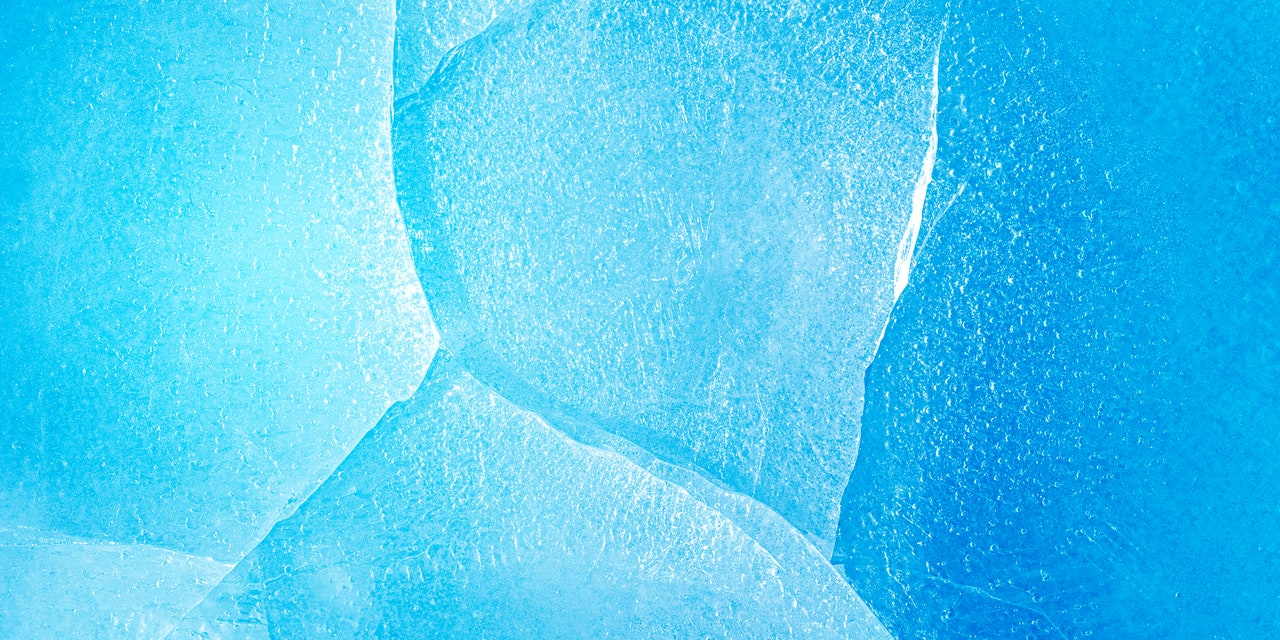Nailing down a migraine treatment plan that actually provides relief—and does that fast—can feel urgent…but tricky. The options might seem endless, whether you’re looking at clinical approaches or nontraditional ones: prescription medications, experimental ear piercings, acupuncture, biofeedback—the list goes on and on! Many people with migraine go through a process of trial and error, which can sometimes take quite a long time, before they find a solution that works for their unique symptoms.
If you ask TikTok, ice caps—which are chilled, tight-fitting sleeves you slip over the top of your head—can help relieve head pain associated with migraine. So…could this actually work for you, too?
While not every wellness trend you swipe through on social media has merit, this one might. Cold therapy—which is usually self-administered—is a popular at-home method used to treat migraine attacks.1 Though conclusive scientific evidence on its effectiveness is still emerging, lots of people say ice caps and other cooling treatments help a lot with their head pain, so it’s worth exploring why. Here’s what to know about cold therapy for migraine.
The research backing cold therapy for migraine is limited—but promising.
Umer Najib, MD, a neurologist with the WVU Rockefeller Neuroscience Institute, tells SELF that the data we do have about cold therapy and migraine suggests that it works best when you’re in the thick of an attack—meaning, applying ice to your temples won’t prevent another one from happening.
READ RELATED: 10 Ways to Enjoy Exercise in Hot Weather Safely, According to Athletes
A few clinical trials suggest that cold therapy can reduce the severity of a migraine attack in the moment. In one small study, 50% of participants reported less head pain after using a cold cap for 30 minutes, and in another report, more than 70% of folks who used a chilled neck wrap during an attack found relief from their symptoms.
A 2022 systematic review of six studies found that cold therapy can reduce the intensity of migraine as it’s happening, especially when used in conjunction with other treatment methods. However, to really erase migraine pain, the research noted above emphasizes that medicines—like nonsteroidal anti-inflammatory drugs (NSAIDs), ergotamine, and triptan—are often the most effective solution. That said, we don’t know how cold therapy stacks up to other migraine treatments like biofeedback (a type of mind-body therapy that uses equipment to measure various body functions) or cognitive behavioral therapy, according to Dr. Najib—that research just hasn’t been done.
A big thing to point out: Most of these reports looked at how cold therapy tackles head pain, but not other migraine-adjacent ailments. “For several migraine patients, pain may not be the most bothersome symptom,” Dr. Najib points out, adding that nausea and vertigo or brain fog and sensitivity to light and sound might be the worst culprits. So if migraine makes you sick to your stomach or dizzy, cold therapy might not be a useful solution.
There are a handful of theories as to why cold therapy is effective.
Doctors don’t exactly know why cold therapy can ease migraine symptoms, but they have a few theories. The first, according to Dr. Najib, is that cold temperatures reduce inflammation. During a migraine attack, the body pumps out inflammatory neurochemicals that can trigger pretty intense head throbbing. “Cold temperature is thought to decrease the release of these neurochemicals around the brain, just as it decreases inflammation,” he says.




